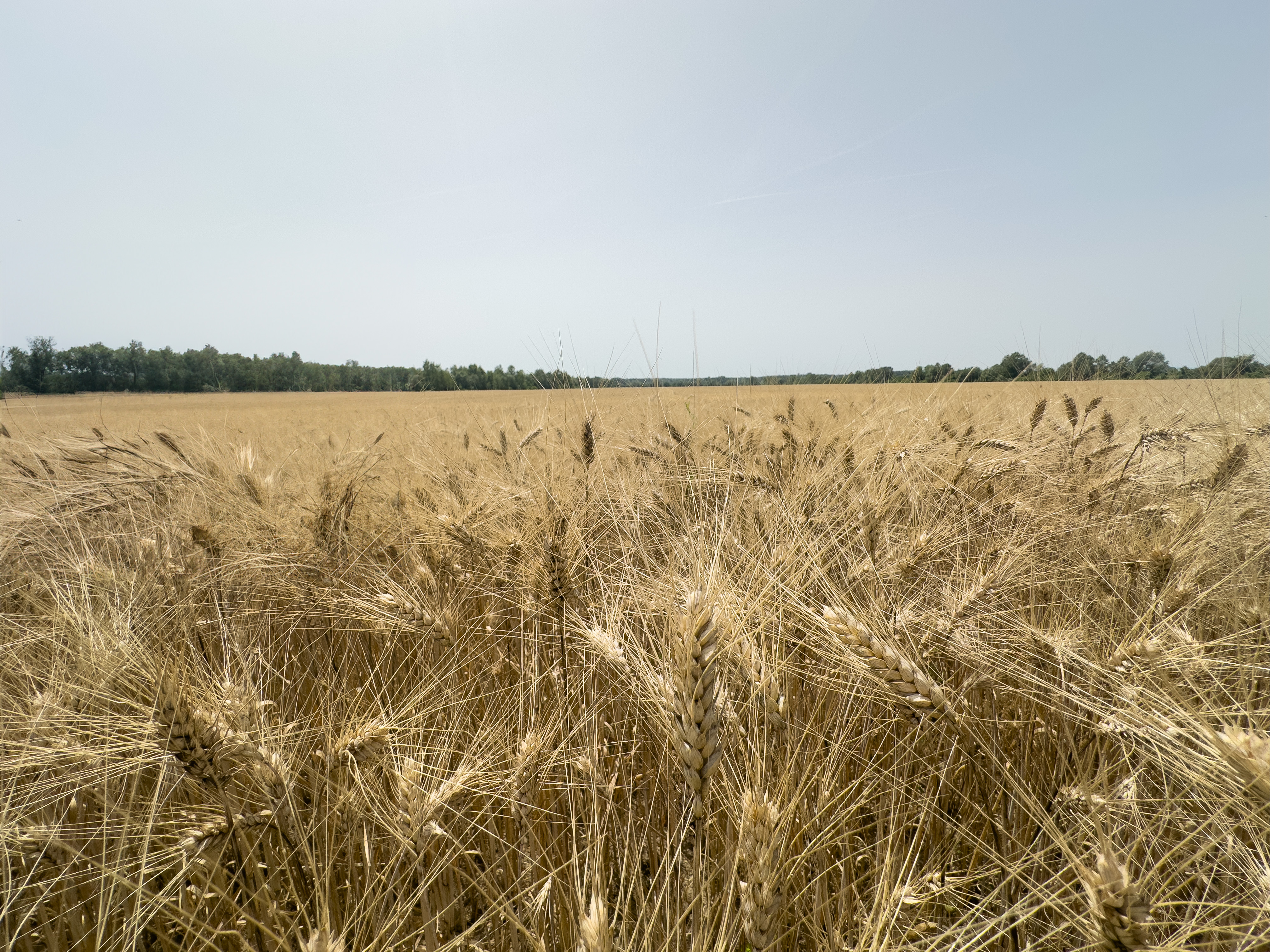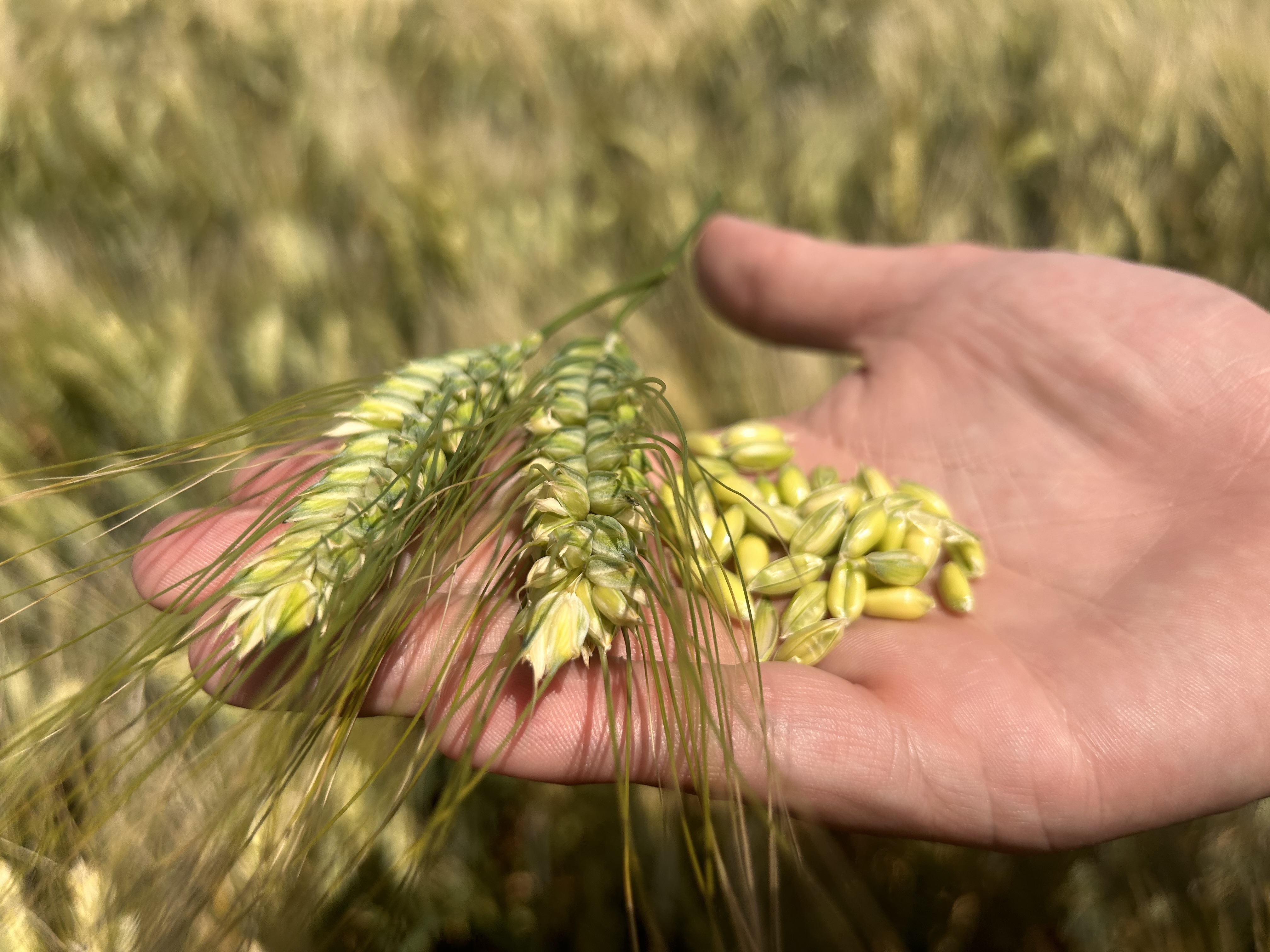Search
Durum wheat

Durum flour is commonly used in pasta making. This type of flour reduces dough elasticity, resulting in a hard, inelastic texture that's unsuitable for bread. A key feature of durum is its ability to keep pasta firm and intact, even when overcooked, while preserving its original flavor. The high level of yellow pigment in durum wheat also imparts a pleasing yellow hue to the pasta, eliminating the need for eggs in the recipe. We provide two varieties, Kapsur and Leondur, both of French genetic origin. Here are the reasons why these varieties are an excellent choice:
- He exhibits good tolerance to lodging
- Exhibits strong resistance to rust diseases
- Quality: The yellow pigment imparts a beautiful color to the pasta, even without the addition of eggs in the dough preparation.
- Yield comparable to winter wheat varieties
- Assured purchase at a competitive price
Our professional service is always at your disposal. Please refer to the text for the recommended technology.
Soil type and pre-crop
Regarding soil type, durum wheat requires the same conditions as standard winter wheat, preferring humus-rich soils with a deep profile and ample water retention.
Ideal prerequisites include:
- crops that vacate the field early,
- nitrogen-fixing crops, and those that leave the soil fertile.
Appropriate preceding crops are: legumes, oilseed rape, early soybeans, flax, poppy, and early potatoes.
Sunflowers and sugar beets are moderately suitable as preceding fodder crops. It is advisable to avoid monoculture with wheat and other cereals. Maize is a less preferred preceding crop due to its association with frequent fusarium wilt.
Sowing
The ideal sowing period is between October 10th and 25th. A sowing density of approximately 500-550 germinated grains per square meter is recommended (for Kapsur and Leondur, which have larger grains, the rate is about 250-270 kg/ha). Hard wheat varieties typically exhibit lower germination rates, necessitating precise sowing techniques. Should sowing occur outside the optimal window, the sowing density should be increased by 10-20%, relative to the extent of deviation from the ideal timing. The recommended sowing depth is around 4 cm.
Fertilization
To achieve a yield of 1 ton of grain along with the associated vegetative mass and roots of durum wheat, it is necessary to ensure the following conditions are met:
Hranljivi elementi u kg / ha | |
Nitrogen N | 27 kg |
Phosphorus P2O5 | 11 kg |
Potassium K2O | 18 kg |
Calcium CaO | 6 kg |
Sulfur S | 6 kg |
Magnesium MgO | 2 kg |
When incorporating the harvest residues of meadows into the soil, it's essential to apply a base NPK fertilizer at a rate of approximately 200-300 kg/ha, based on soil analysis results. One-third of the nitrogen should be introduced in autumn before planting to hasten the decomposition of fodder residues and to promote better plant establishment. The remaining two-thirds of nitrogen should be administered as top dressing in two applications: the first application at the start of the growing season with about 40-60 kgN/ha, and the second when leafing begins within the plant, also at 40-60 kg N/ha. If urea is used for the initial application, it should be applied before vegetation starts to ensure its conversion into a form assimilable by the plant.
Crop protection and weed control
For effective treatment, it is crucial to adhere to specific external conditions. During spraying, the daytime temperature must not exceed 15°C, and the following night should not drop below 10°C. Subsequently, for a period of 7 days, the temperature must remain above 5°C both day and night. These are the optimal conditions for the translocation of fungicides.
To ensure the crop's health, three fungicidal treatments are necessary:
T1: This is the initial fungicidal treatment applied during the budding phase, which also includes herbicide application to keep the crop weed-free.
T2: The second treatment is an intermediate fungicidal application during the phase of intensive growth, from the second node, to protect the crop up to the onset of flowering. This period may see the emergence of rust and/or septoria; therefore, preventive treatments are advised. An anti-aphid insecticide may also be applied at this stage.
T3: The final fungicidal treatment is administered at the start of flowering to shield the spikes from fusarium head blight, which is spread by rain splash. This treatment also serves to prevent rust infections. For durum wheat, this T3 treatment is essential and obligatory to ensure the health of the crop, which is critical for commercial sale.
Harvest
The quality parameters for durum wheat are set at 17-18% grain moisture; however, the optimal moisture content for starting harvest is 14%. Durum grains, true to their name as hard wheat, have a tough outer layer. Therefore, it's crucial to adjust the harvester to prevent any breakage during harvest. If fully ripe grains become wet, even a small amount of moisture, 5-10 mm, can significantly degrade their quality, particularly if there is a cold spell just before harvesting. Similar to other cereals, heavy rainfall can initiate the germination process in the grains, activating the alpha-amylase enzyme, which leads to quality deterioration and a sharp decrease in the falling number.
Terminology

Semolina, also known as groats, is derived from durum wheat, the hardest of all the small grains. Through grinding and sifting with special sieves, semolina is produced, serving as the primary ingredient for pasta and couscous.
Glassiness is a crucial quality parameter. Protein content directly enhances the vitrification of durum wheat grains. Adequate protein ensures that starch granules are cohesively bound; otherwise, unbound granules shatter into tiny particles, resulting in a very fine grind. To identify glassiness, observe the grain's cross-section: a glassy interior appears mirror-like, whereas common wheat grains display a white cross-section. White spots on dried pasta, originating from wheat semolina, are considered an undesirable trait.
Calibration is vital; grains should be as uniform as possible. During storage, smaller grains absorb moisture more readily, softening the endosperm. This soft endosperm fractures during milling, leading to economic losses.
Yellow pigment is another significant factor. Durum wheat's high xanthophyll content imparts a desirable yellow hue to pasta, eliminating the need for eggs.

